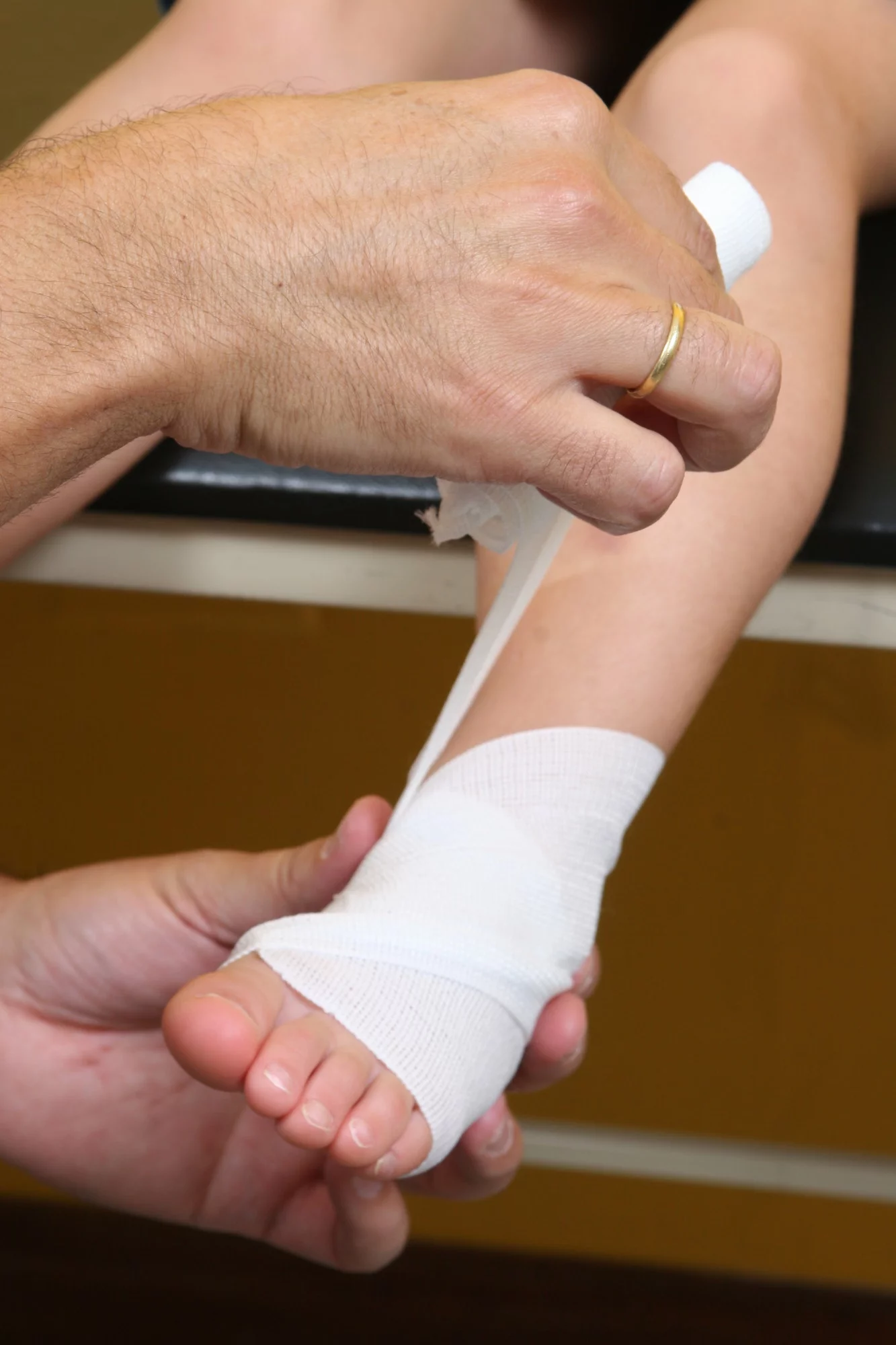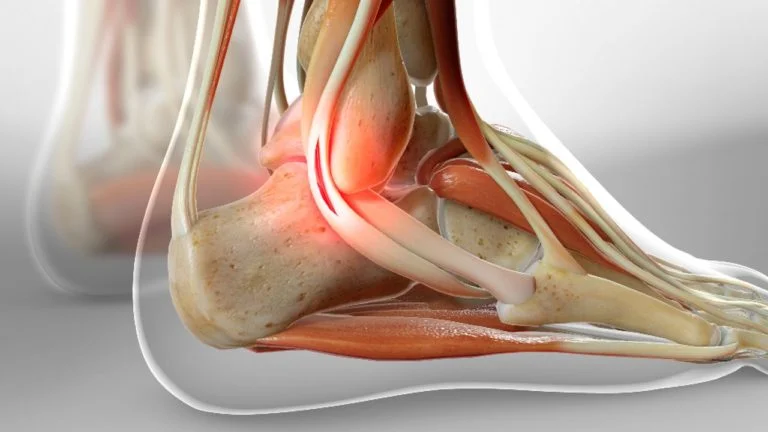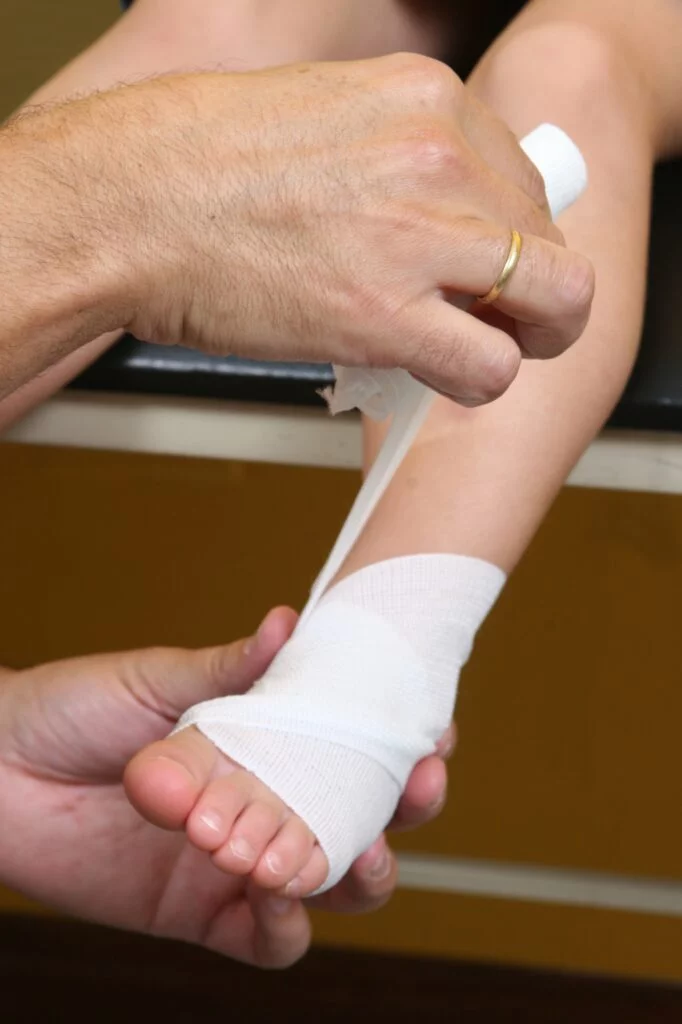Table of Contents
What Are the Peroneal Tendons?
Causes & Symptoms
Peroneal tendon injuries may be acute (occurring suddenly) or chronic (developing over a period of time). They most commonly occur in individuals who participate in sports that involve repetitive ankle motion. In addition, people with higher arches are at risk for developing peroneal tendon injuries. Basic types of peroneal tendon injuries are tendonitis, tears and subluxation.
Tendinitis
Tendinitis is an inflammation of one or both tendons. The inflammation is caused by activities involving repetitive use of the tendon, overuse of the tendon or trauma (such as an ankle sprain). Symptoms of tendonitis include:
- Pain
- Swelling
- Warm to the touch (some people experience burning sensations)
Acute tears
Acute tears are caused by repetitive activity or trauma. Immediate symptoms of acute tears include:
- Pain
- Swelling
- Weakness or instability of the foot and ankle
As time goes on, these tears may lead to a change in the shape of the foot in which the arch may become higher.
Degenerative tears (Tendinosis)
Degenerative tears are usually due to overuse and occur over long periods of time, often years. In degenerative tears, the tendon is like taffy that has been overstretched until it becomes thin and eventually frays. Having high arches also puts you at risk for developing a degenerative tear. The symptoms of degenerative tears may include:
- Sporadic pain (occurring from time to time) on the outside of the ankle
- Weakness or instability in the ankle
- An increase in the height of the arch
Subluxation
Subluxation means one or both tendons have slipped out of their normal position. In some cases, subluxation is due to a condition in which a person is born with a variation in the shape of the bone or muscle. In other cases, subluxation occurs following trauma, such as an ankle sprain. Damage or injury to the tissues that stabilize the tendons (retinaculum) can lead to chronic tendon subluxation. The symptoms of subluxation may include:
- A snapping feeling of the tendon around the ankle bone
- Sporadic pain behind the outside ankle bone
- Ankle instability or weakness
Early treatment of a subluxation is critical since a tendon that continues to sublux (move out of position) is more likely to tear or rupture. Therefore, if you feel the characteristic snapping, see a foot and ankle surgeon immediately.
Diagnosis
Nonsurgical Treatment
Treatment depends on the type of peroneal tendon injury. Options include:
- Immobilization. A cast or splint may be used to keep the foot and ankle from moving and allow the injury to heal.
- Medications. Oral NSAIDs or injected anti-inflammatory drugs may help relieve pain and inflammation.
- Physical therapy. Ice, heat or ultrasound therapy may be used to reduce swelling and pain. As symptoms improve, exercises can be added to strengthen the muscles and improve range of motion and balance.
- Bracing. The doctor may provide a brace to use for a short while or during activities requiring repetitive ankle motion. Bracing may also be an option when a patient is not a candidate for surgery.



